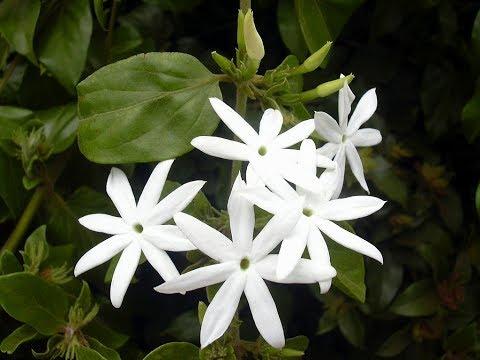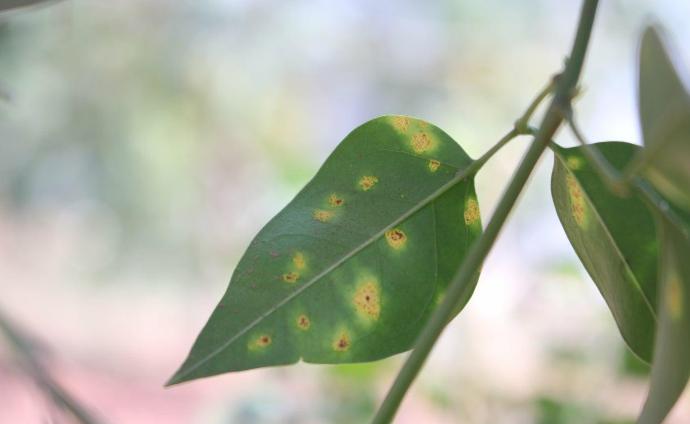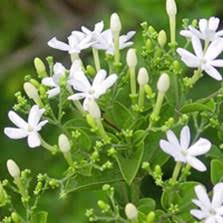Scented kagada Plant
Scented Kagada, possibly referring to a specific plant variety, may have varying care requirements. Generally, provide well-draining soil, appropriate sunlight, and regular watering. Pruning and fertilizing practices may vary based on the specific characteristics of this plant.

Habit
Perennial
Height
50-150 cm
Growth
Fast
Soil
Well-drained loamy
Shade
Full Sun to partial shade
Moisture
Moist
Edible
No
Medicinal
No
Origin
Asia, China
Climatic Condition
Tropical, Subtropical
Temperature (°)
20-35°C
Humidity (%)
60-90%
Potting media
Peat, compost
Fertilizers
Organic, NPK-rich
Watering
Regular
Plant Weight
100-500 g
Flowering Time
Spring to Summer
Soil Ph level
5.5 - 6.5
Water Ph level
5.5 - 6.5
Soil EC
1-2 dS/m
Yield Per Plant
Ornamental
NPK ratio
10:10:10
life Span
Perennial
Health Benefits
Fragrant flowers, medicinal uses
Suggested Grow Media or Potting Mix ?
50% loam, 25% compost, 25% sand
Suggested Fertigation/Fertilizers
Fertilize every 4 weeks with a balanced fertilizer.
Common Diseases and Remedies
leaf spot, root rot.
yellowing of leaves, brownish spots appear on leaf's or wilting.
consider neem oil as a natural fungicide. Ensure proper watering to prevent waterlogged soil, reducing the risk of root rot.
use fungicides and bactericides use them cautiously , Mancozeb , sulphur , Mefenoxom .
HEALTH BENEFITS
· Aromatherapy: Used for relaxation and reducing stress.
Traditional medicine: Used in Ayurveda for skin and digestive health.
What Is An Scented kagada Tree?
Jasmine is inhaled to improve mood, reduce stress, and reduce food cravings. In foods, jasmine is used to flavor beverages, frozen dairy desserts, candy, baked goods, gelatins, and puddings. In manufacturing, jasmine is used to add fragrance to creams, lotions, and perfumes.

What Are The Different Types Of Areca Palm Plants?
Common Jasmine (Jasminum officinale): This variety is known for its intensely fragrant white flowers and is commonly used in perfumes and teas.
Arabian Jasmine (Jasminum sambac): Also known as "sampaguita," this jasmine variety has small, white, highly fragrant flowers and is the national flower of the Philippines.
Star Jasmine (Trachelospermum jasminoides): Despite its name, this plant is not a true jasmine. It is a vine with highly fragrant white flowers and is often used as a ground cover or in containers.
Spanish Jasmine (Jasminum grandiflorum): This variety has larger white flowers than the common jasmine and is also highly fragrant.
Pink Jasmine (Jasminum polyanthum): This jasmine variety has pink buds that open to reveal white flowers with a strong, sweet fragrance.
Location
Jasmine grows in full sun to partial shade areas, but the summer-flowering varieties do best in a sunny area. Dig a hole slightly larger than the pot the plant is in and improve the soil before planting by adding compost or other organic matter.
Sunshine
Most jasmine plants require partial to full sun, although a few cultivars accept full shade.
Soil
Jasmine can be grown on a wide range of soils. Well-drained, rich loamy soil with a pH ranging from 6.5-7.5 is ideal for their cultivation
Hydration
Jasmine plants like water. The soil should always be slightly moist, but not soggy.
Nourishment
Fertilize jasmine twice a year with fertilizer that is rich in potassium and phosphorus. Garden-grown jasmine seldom needs fertilization unless the soil lacks nutrients. A quality mulch spread across the root zone is often sufficient. Alternatively, compost can be worked into the soil in spring to replace nutrients or feed with a slow-release granular fertilizer.
Issues
Nutrient problems – Jasmine plants suffer from chlorosis, a condition when the plant lacks nutrients iron. However, zinc and manganese deficiency can also cause chlorosis, which starts with stunted growth and pale green or yellow leaves, depending on the severity of the deficiency.
Benifits
Jasmine is used on the skin to reduce the amount of breast milk, for skin diseases, and to speed up wound healing. Jasmine is inhaled to improve mood, reduce stress, and reduce food cravings. In foods, jasmine is used to flavor beverages, frozen dairy desserts, candy, baked goods, gelatins, and puddings.

FAQs About Growing Scented kagada
What is the Indian name for jasmine?
Scientific name: Jasminum spp. Hindi name : Juhi, Chameli, Mogra, Champa Bel
Is jasmine a good potted plant?
Potting and Repotting Jasmine
Jasmine is delightful as a houseplant. It does best with at least six hours of strong, indirect light and well-draining potting soil that is slightly acidic. Add bark or peat to the soil for the best results.
Can we keep jasmine plant in home?
Jasmine needs six or more hours of strong light per day to thrive indoors. Bright, indirect light is ideal, such as near a north or east facing window. You can move plants outdoors for summer, gradually increasing the amount of sunlight they receive.
How long do jasmine plants live?
Lifespan depends somewhat on species and whether the plant is grown in its USDA hardiness zone. On average many jasmine plants live 5 to 10 years but can last much longer with good care.


